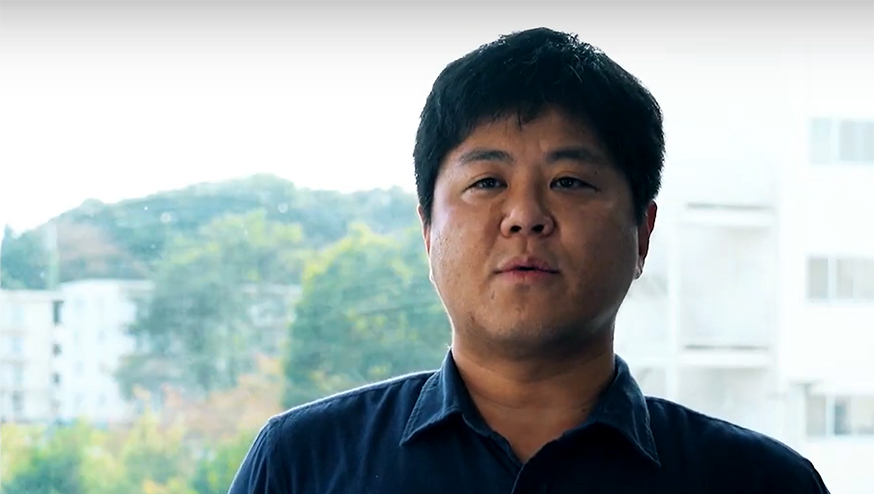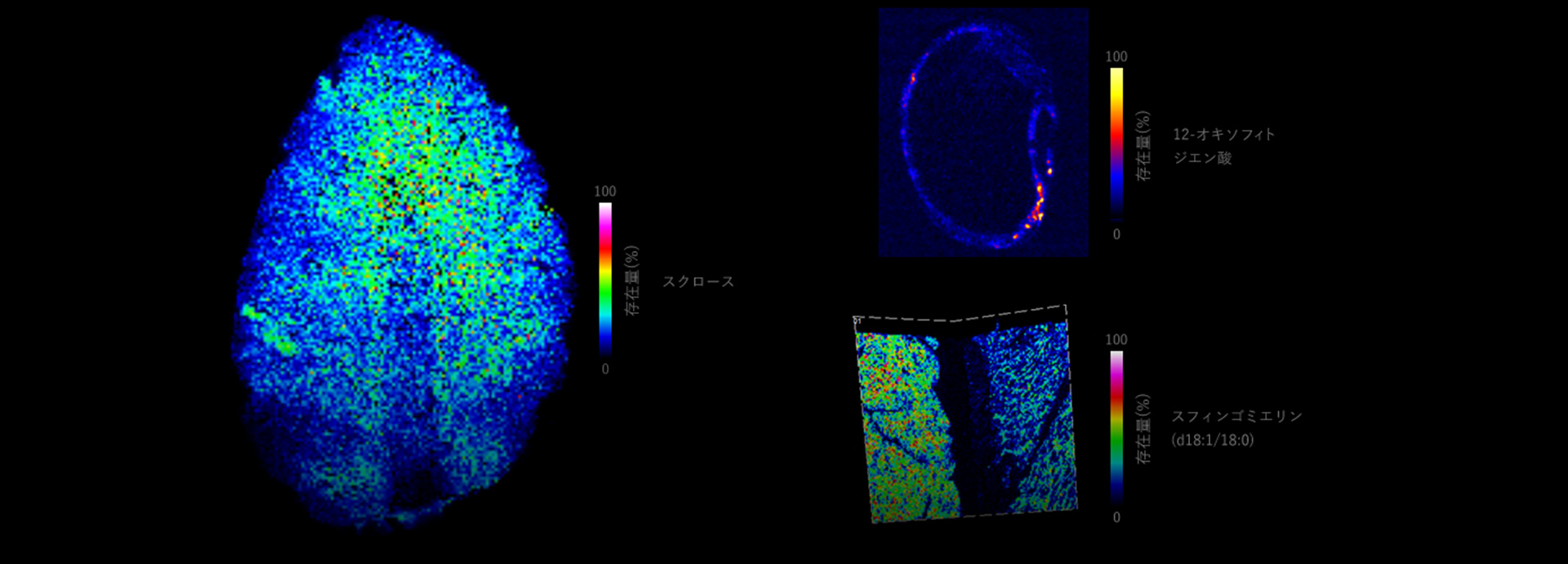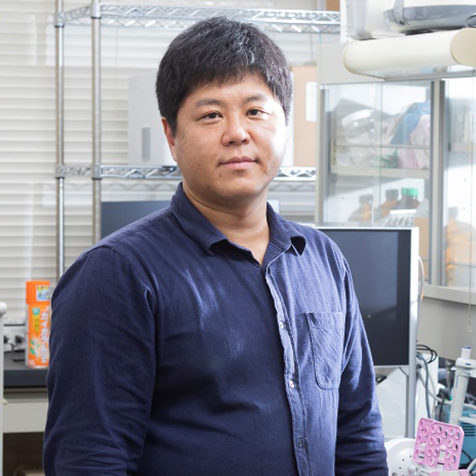Associate Professor Hirofumi Enomoto sees food at the molecular level using an analytical method called mass spectrometry imaging.
By measuring the nutritional components, functional components, and toxic components contained in food and visualizing their distribution,
The goal is to expand the possibilities of food. Since we own analytical equipment with few facilities in Japan and overseas,
Aiming for cross-disciplinary development as a mass spectrometric imaging research center in the Kanto area.
"Strawberries have a sweet tip and are delicious"
Visualization of the distribution of its components for the first time
The foods we eat every day contain a variety of ingredients. Nutritional components such as the six major nutrients of proteins, lipids, carbohydrates (sugars), minerals, vitamins, and dietary fiber, and functional components such as polyphenols are important components that affect health.
The ingredients contained in each food can be measured by various analytical techniques. However, the conventional analysis method only reveals the type and amount of ingredients contained in the ingredients. It was not possible to measure even more detailed "where the ingredients are". This has become possible due to advances in imaging technology over the last few years.
Associate Professor Hirofumi Enomoto of the Department of Biosciences, Faculty of Science and Faculty of Science and Engineering, Teikyo University is working on visualization of the distribution of food ingredients using an analytical method called mass spectrometry imaging. For example, strawberries are known to be particularly sweet and delicious on the pointed side. Associate Professor Enomoto succeeded in making full use of this analysis method to visualize for the first time that the tip of strawberries contains a large amount of sweetness called sucrose.
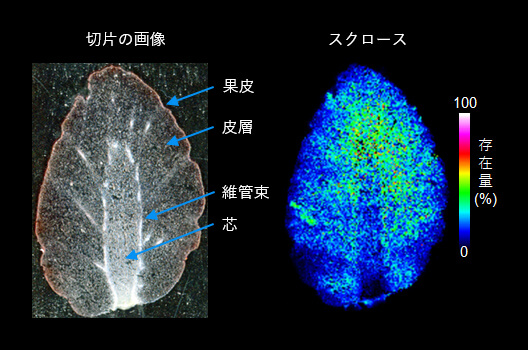
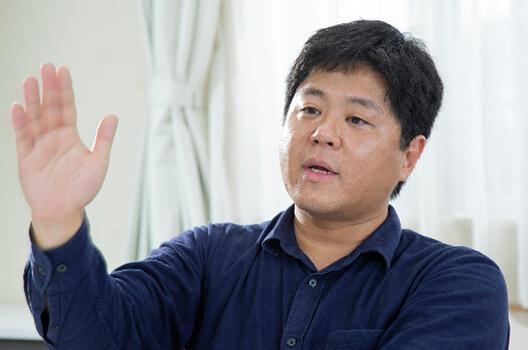
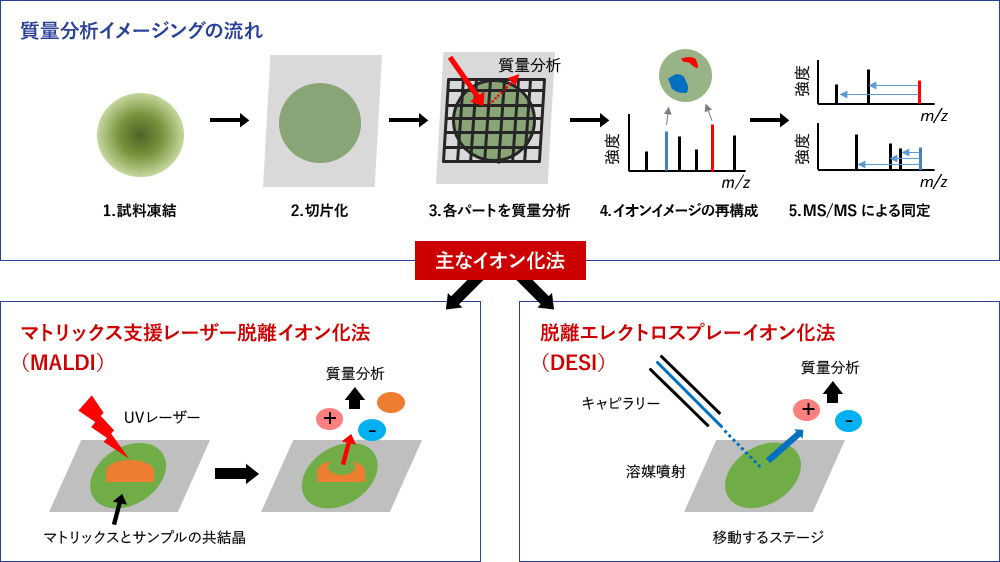
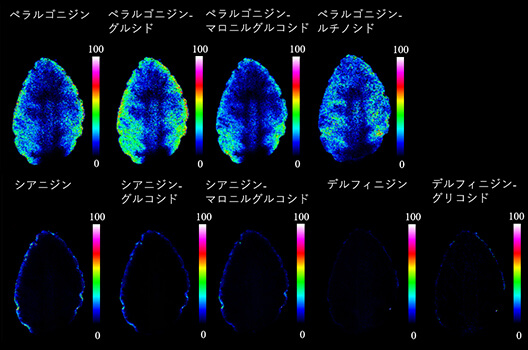
"If we can identify the location and amount of nutritional and functional ingredients in foods, we will be able to efficiently ingest only those parts. On the other hand, there are substances that are harmful to humans, such as mold poisons in grains. It is possible to analyze food safety and quality, such as by identifying a location and providing safe food with only that part removed. "(Associate Professor Enomoto)
From visualization of functional components for each tissue
Identify safe parts of pork
Associate Professor Enomoto has a wide range of research subjects, including cereals, vegetables, and meat. For example, in meat research, sphingomyelin, a phospholipid component, was investigated for each tissue of pork. Behind this was a sense of crisis about the future of meat. In 2015, the World Health Organization (WHO) announced that processed meats such as bacon, ham and sausages are carcinogenic. He mentioned that there is a risk of pork and beef.
"While WHO has announced its carcinogenicity, it also acknowledges the health benefits of eating meat, but I am concerned that the image of meat is deteriorating in recent years," said Associate Professor Enomoto.
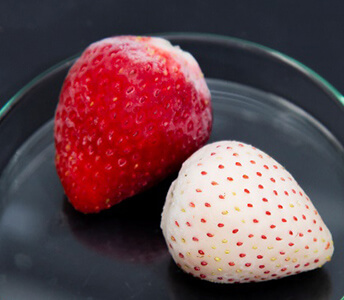
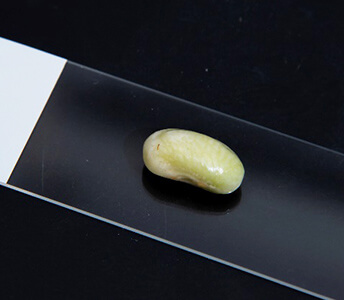
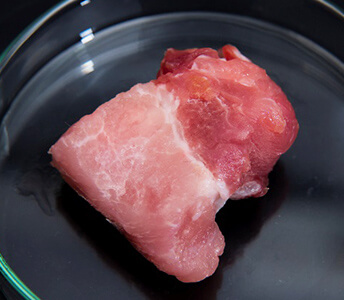
Heme iron is considered to be one of the carcinogens of meat. On the other hand, sphingomyelin works to suppress carcinogenesis. Therefore, when we analyzed the location of sphingomyelin in each pork tissue, we found that loin contained a large amount of sphingomyelin in the muscle tissue. Moreover, there is little heme iron in that part. Pork loin may be a safe site with low carcinogenicity.
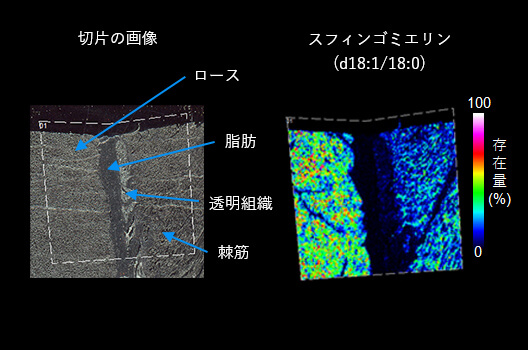
"If you evaluate the safety and functionality of each tissue in this way, you can see that the whole pork does not harm your health. From there, you should be able to avoid dangerous parts and eat pork safely. Furthermore, there are various things that can be analyzed using this method, such as differences in varieties and changes in the content of sphingomyelin due to differences in diet. ”(Associate Professor Enomoto)
Elucidation of component deterioration at the molecular level
Realizing strawberries that can be distributed around the world
Recently, we are trying to clarify the function of polyphenols contained in strawberries. Flavonoids, one of the polyphenols, are known to have health effects such as oxidative stress relief and anti-aging, but in plants, they are substances for self-defense functions. It is a substance produced to protect the plant itself from active oxygen, pests, bacterial infections, etc. caused by ultraviolet rays, and may be related to quality deterioration.
Focusing on this point, Associate Professor Enomoto is trying to clarify the cause of the fragility of strawberries. By examining the flavonoids contained in strawberries by mass spectrometry imaging, it seems possible to deepen the understanding of the deterioration of strawberries.
"Japanese strawberries are said to be very delicious and world-class fruits. However, the problem is that they cannot be transported over long distances because they are extremely fragile. Therefore, first of all, the phenomenon that strawberries are damaged is at the molecular level. If we can clarify the cause of quality deterioration at the genetic level in the future, we may be able to produce strawberries that are not easily damaged by genome editing, etc. "(Associate Professor Enomoto)
In the Kanto area in the field of agriculture
At the Mass Spectrometry Imaging Research Center
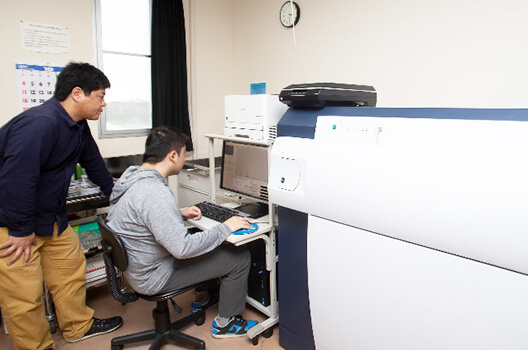
Mass spectrometric imaging, which allows you to see invisible molecules, is a method of measuring the "mass" of a molecule in a substance and analyzing the type and amount of the molecule based on the difference in mass. Since there are no molecules without mass, it is a highly versatile analysis method that can measure everything, including small molecules that cannot be analyzed by other imaging techniques.
When measuring, a sample that has been instantly frozen while it is fresh is cut out to a thickness of about 10 micrometers, fixed to a slide glass, and then ionized. In other words, it turns the molecule into a gas with positive and negative charges. Then, it detects the gasified ions flying in the device and calculates the "mass" from the "mass-to-charge ratio (m / z)" for each ion. This work can be performed for each part in which the sample is divided into small pieces, and the distribution can be imaged.
Associate Professor Enomoto first encountered this method about 10 years ago. He thought that this analytical method, which had been applied in the fields of medicine and pharmacy, could be used for agricultural and livestock products, and he worked at the Advanced Research Center for Molecular Imaging, Hamamatsu University School of Medicine, and learned this method.
"It is a technology that was developed by being used for diagnosing diseases and searching for biomarkers, and was hardly known in fields other than medicine 10 years ago. In the last 10 years, the technology of mass spectrometric imaging has further improved. Awareness is increasing and inquiries about joint research are increasing. Since there are few facilities that can perform mass spectrometric imaging in this field, we would like to make this a "Kanto research base in the field of mass spectrometric imaging agriculture". Masu "(Associate Professor Enomoto)
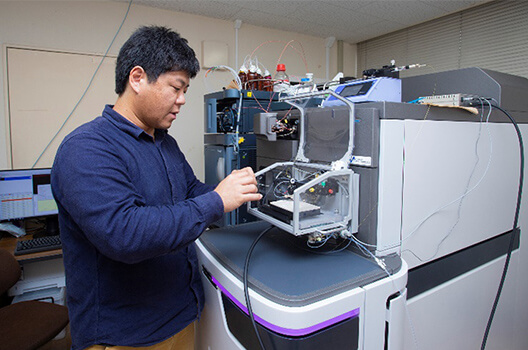
Associate Professor Enomoto says, "I want to make Teikyo University a research center for mass spectrometric imaging in the field of agriculture."
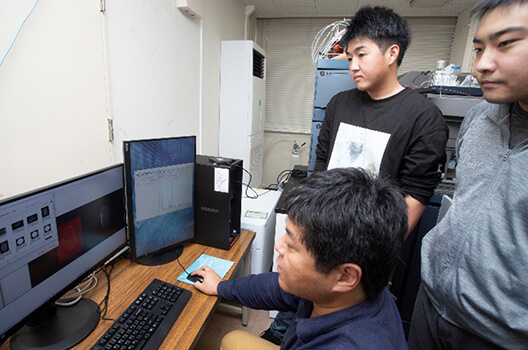
The next target is grains. Plant hormones are important substances that control plant growth and the biosynthesis of functional ingredients. Since they have succeeded in "seeing the molecules" of two plant hormones, jasmonic acid-related oxylipins and abscisic acid, which are found in kidney beans, they would like to investigate plant hormones in various beans and rice other than kidney beans. First, they aim to identify the locations where these plant hormones are present and to clarify their physiological functions from their distribution. Beyond that, they have the goal of breeding high-quality agricultural crops with excellent nutritional functionality and preservation properties by controlling plant hormones, and furthermore, to visualize the dynamics of functional ingredients in the body after consuming agricultural and livestock products and clarify their effects on human health. As a first step, they will start joint research with researchers from the Faculty of Faculty of Pharmaceutical Sciences within the framework of Advanced Comprehensive Research Organization, which is scheduled to be established next year at Teikyo University.
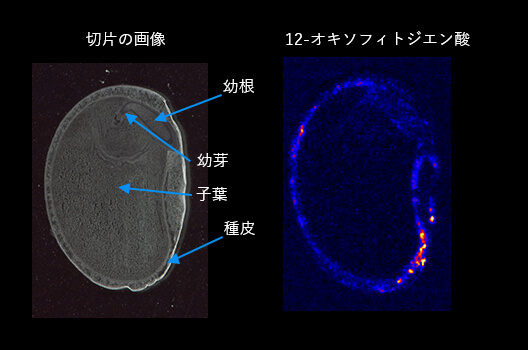
"Mass spectrometric imaging can be used to investigate food safety, nutritional functionality, and pharmacokinetics after eating in more detail. The results can be used to improve the quality and added value of Japanese agricultural and livestock products. I want to connect it to the future, "said Associate Professor Enomoto, who talks about the outlook for the future. Now that food safety is becoming more important as health consciousness rises, expectations for mass spectrometric imaging are high.
